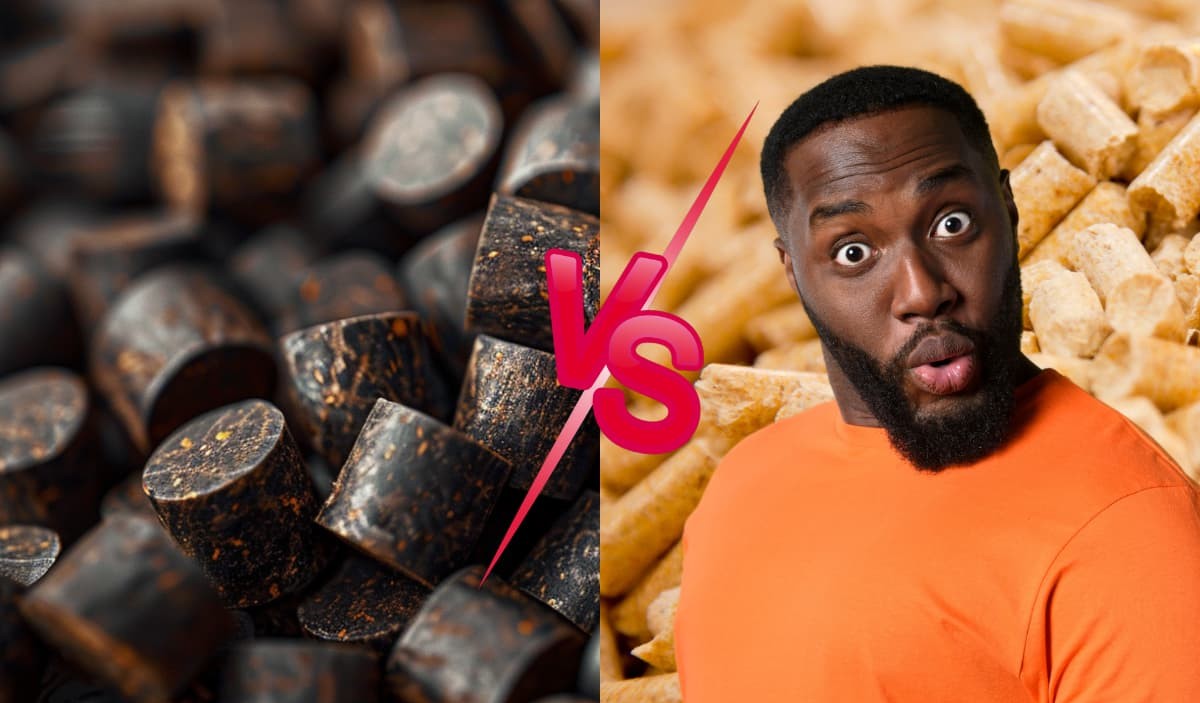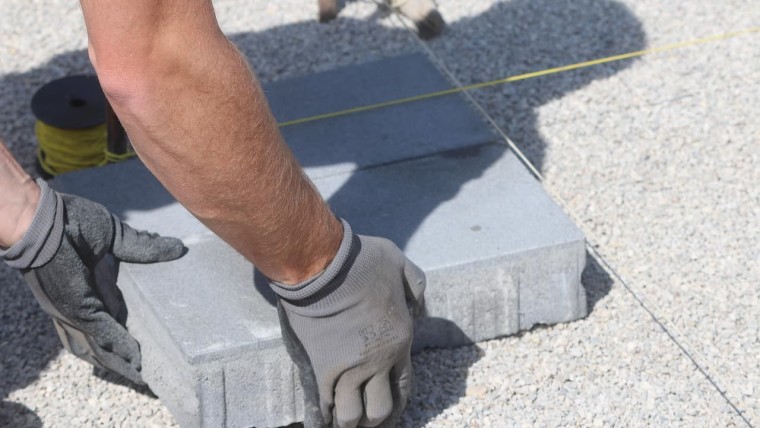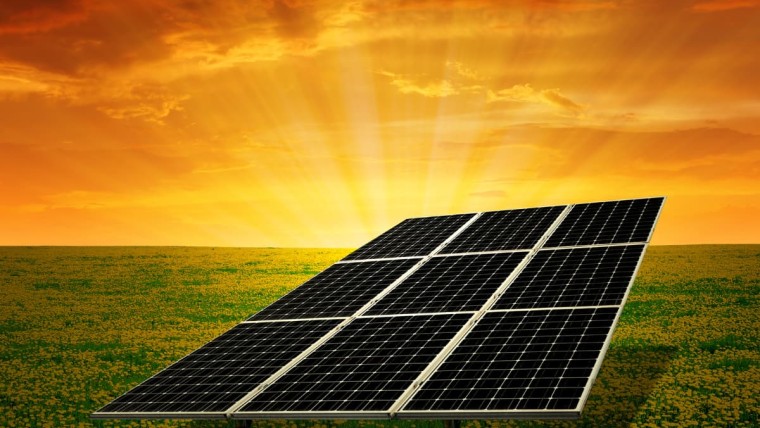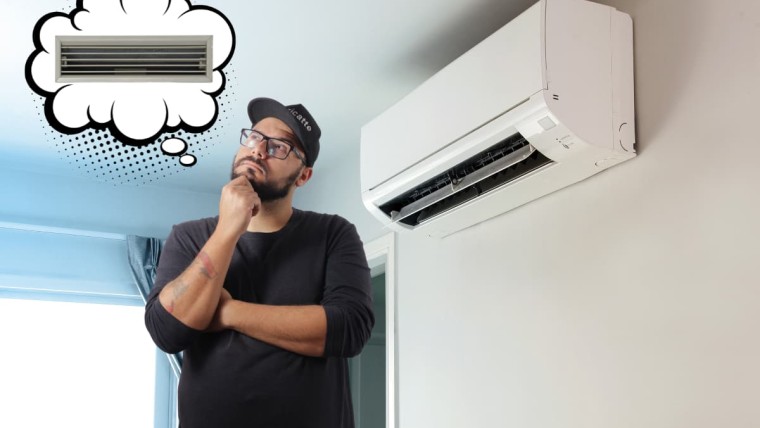Faced with the energy crisis and the shortage of wood pellets, an alternative solution is emerging: coffee grounds pellets. More affordable and just as efficient as wood pellets, they are an attractive option for budget-conscious and environmentally conscious consumers.
But what's the real difference in terms of performance and price? We tell you all about it in this article.
A responsible and innovative production process
To make these coffee grounds pellets, companies collect the raw material from private individuals and professionals. The manufacturing steps are as follows:
- Recovery of coffee grounds from individuals and professionals (cafés, restaurants, etc.).
- Drying coffee grounds to extract moisture
- Mix with sawdust to improve pellet durability
- High-pressure compression to form pellets
A high-performance, environmentally-friendly biofuel
If you have a compatible pellet boiler or stove, you can benefit from the many advantages of coffee grounds pellets.
In fact, coffee grounds have an interesting calorific efficiency, which is optimized by drying them and combining them with sawdust. Once pelletized, coffee grounds become a high-energy biofuel: over 5,000 W/tonne.
It's an environmentally-friendly alternative to conventional wood pellets, reducing CO2 emissions and fine particles.
In comparison, softwood is more like 4500W/ton. So that's about 10% more for coffee grounds.
The advantages of coffee grounds pellets :
- High energy efficiency: over 5,000 W/ton.
- Local, eco-responsible production.
- Use of everyday consumer waste (coffee grounds).
Cost benefits for consumers
Coffee grounds pellets are generally cheaper than wood pellets. In fact, a tonne of coffee grounds pellets costs around 280 - 300 euros, compared with 350-400 euros for a tonne of wood pellets, making coffee grounds 20% cheaper. Recycling coffee grounds thus contributes to waste recovery and the use of renewable energy sources. However, there are a few points to bear in mind:
- Appliance compatibility: make sure your pellet boiler or stove is compatible with coffee grounds, or consider converting to a hybrid model.
- Maintenance: coffee grounds pellets can produce more ash, requiring more frequent cleaning of the appliance. The ash content is around 1.5%, which can represent up to 2 times the ash content of pellets (depending on the pellets chosen).
In conclusion, coffee grounds pellets are a sustainable and economical alternative to traditional wood pellets.
However, it's essential to ensure that your equipment is compatible, and to be prepared for regular maintenance. So, which pellet triumphs in performance and price?
The answer depends on your specific needs, your equipment and the local resources available. It's best to study the options carefully before making an informed decision.
You now have all the information you need to make the right choice. So, coffee grounds or wood pellets, which will be your energy solution of the future?

Julien G.
Julien, diplômé en ingénierie mécanique et spécialiste en génie climatique depuis 2009, s'est reconverti en rédacteur spécialisé en énergies renouvelables, avec une expertise en pompes à chaleur et panneaux solaires photovoltaïques pour l'habitat individuel.






